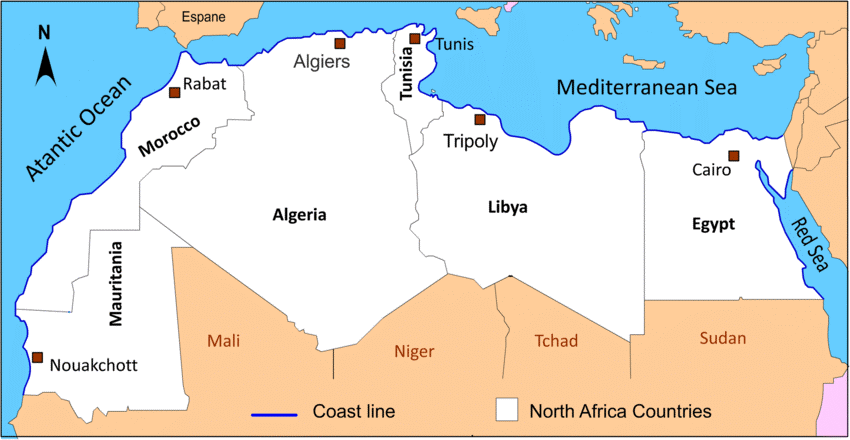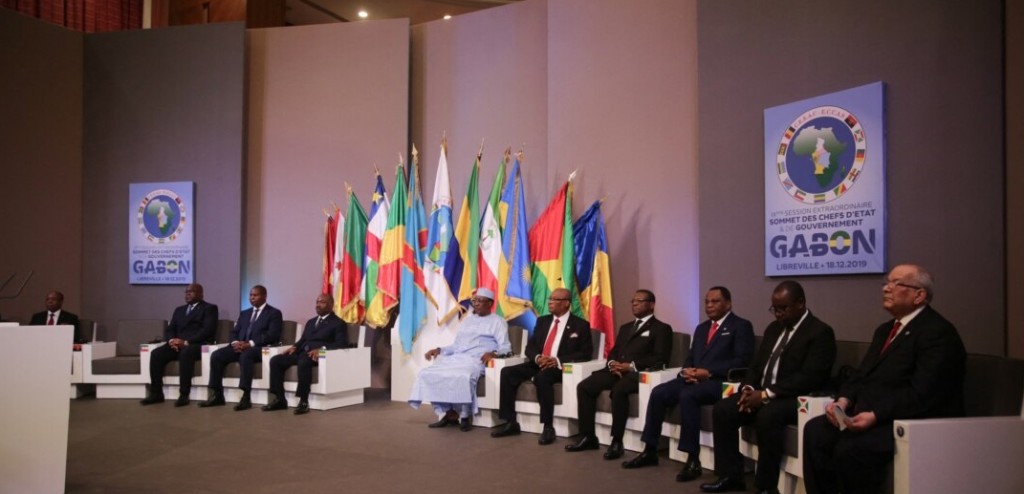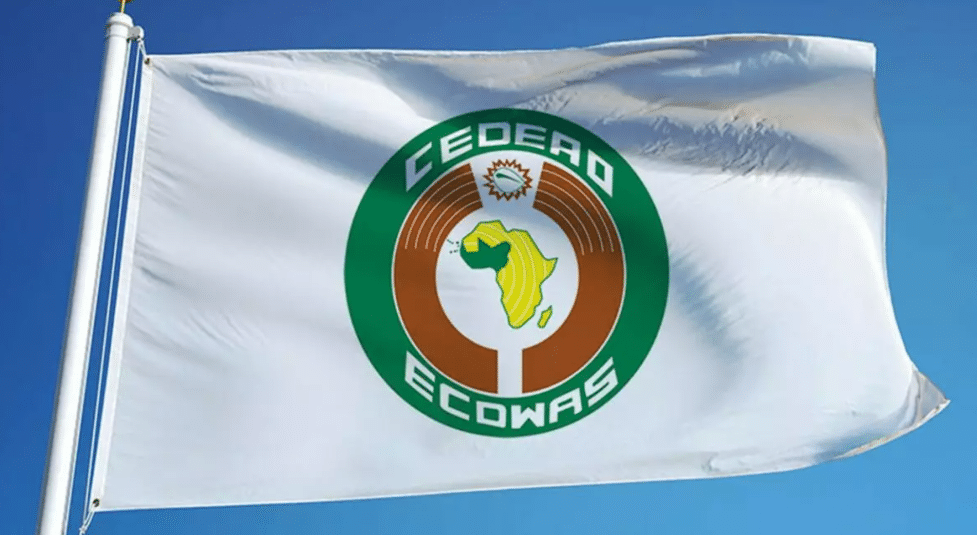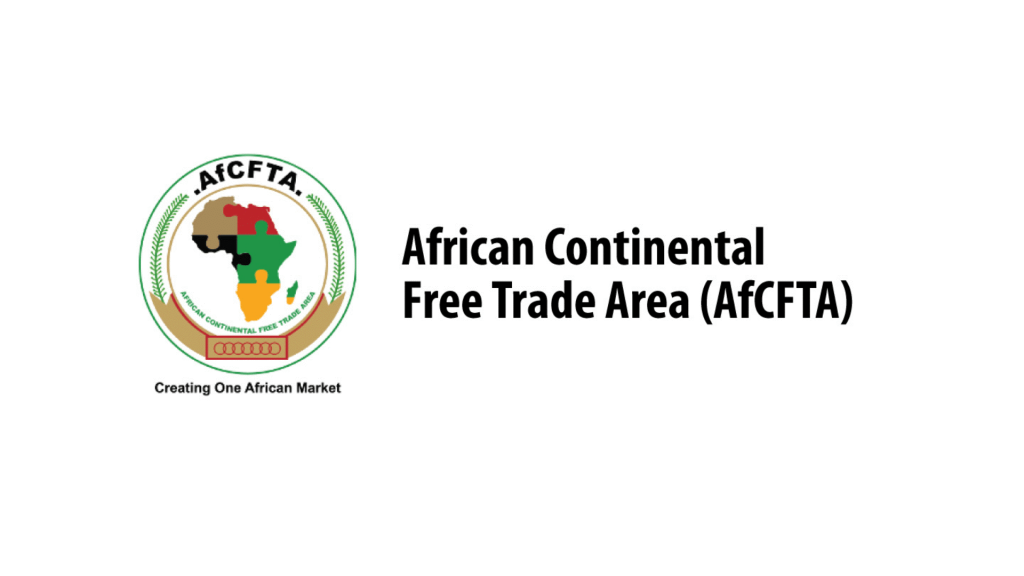The Southern African Development Community (SADC) is an African regional community comprising 16 countries with a total land area of 6.7 million square kilometers. The community is made up of the following countries: Angola, Botswana, Comoros, the Democratic Republic of Congo (DRC), Eswatini (formerly Swaziland), Lesotho, Madagascar, Malawi, Mauritius, Mozambique, Namibia, Seychelles, South Africa, Tanzania, Zambia, and Zimbabwe. The SADC region is populated with over 400 million people and is characterized by fast-growing economies with an aggregate GDP of $818 billion. SADC member countries host a wide array of booming industries such as infrastructure development, mining, renewable energy, agriculture, and manufacturing which indicate significant growth potential, providing unique and promising opportunities for international investors.
Let’s look into the potential investment opportunities in the SADC region, including current incentives, opportunities, and trends that may favor international investors.
History of the Southern African Development Community (SADC)
SADC was formed in 1980 as the Southern African Development Coordination Conference (SADCC) with nine initial member countries – Angola, Botswana, Eswatini (Swaziland), Lesotho, Malawi, Mozambique, Tanzania, Zambia, and Zimbabwe. During its formation, the goal of the regional community was to reduce the dependence of member countries on Apartheid South Africa, which dominated over the other countries at that time because of its stable economy and developed infrastructure. SADCC hoped to achieve this by promoting collaboration among member states to foster economic development and improvement of communication and transport systems.
By the year 1992, SADCC became the Southern African Development Community (SADC) with the signing of the SADC Treaty and DEclaration in Windhoek, Namibia. SADC aimed at fostering regional integration, political stability, security, and peace within the Southern Africa region. More Southern African countries joined SADC over the years, shifting the community’s focus to addressing matters relevant to trade, economic growth, poverty, sustainable natural resource management, and infrastructural development.
Today, SADC continues to be a modern influence in the Southern Africa region as it fosters economic cooperation, sustainable development, and political stability among all member states. These efforts create a conducive environment for potential investors to operate across the region with reduced barriers and challenges.
Overview of SADC Member States
The population of Member States:
- Angola: 37.8 million
- Botswana: 2.7 million
- Comoros: 0.9 million
- Democratic Republic of Congo (DRC): 102.3 million
- Eswatini (formerly Swaziland): 1.2 million
- Lesotho: 2.34 million
- Madagascar: 29.65 million
- Malawi: 21.20 million
- Mauritius: 1.30 million
- Mozambique: 34.42 million
- Namibia: 2.63 million
- Seychelles: 0.11 million
- South Africa: 60.76 million
- Tanzania: 68.50 million
- Zambia: 20.87 million
- Zimbabwe: 16.86 million
Total population: 403.23 million
Gross Domestic Product (GDP) of Member States:
- Angola: $106.78 billion
- Botswana: $20.36 billion
- Comoros: $1.50 billion
- Democratic Republic of the Congo (DRC): $64.72 billion
- Eswatini (Swaziland): $4.85 billion
- Lesotho: $2.37 billion
- Madagascar: $16.51 billion
- Malawi: $13.16 Billion
- Mauritius: $12.9 billion
- Mozambique: $17.89 billion
- Namibia: $12.13 billion
- Seychelles: $1.71 billion
- South Africa: $405.27 billion
- Tanzania: $75.73 billion
- Zambia: $29.16 billion
- Zimbabwe: $33.6 billion
Total GDP: $818.64 billion
Top 10 Exports in the SADC Region:
- Mineral fuels and oils (South Africa, Angola, Mozambique)
- Platinum group metals (South Africa, Zimbabwe)
- Coal (South Africa, Botswana)
- Diamonds (Botswana, Namibia, South Africa)
- Gold (South Africa, Tanzania, Zimbabwe)
- Copper (Zambia, Democratic Republic of the Congo)
- Chromium and ferroalloys (South Africa, Zimbabwe)
- Iron ore (South Africa)
- Nickel (Zimbabwe, South Africa)
- Cobalt (Democratic Republic of the Congo, Zambia)
Investment Opportunities in SADC
1. Natural Resources and Minerals
SADC is one of the African communities that are popular for their abundance of natural resources, especially minerals. The community boasts the largest cobalt, gold, platinum, diamond, copper, and lithium mineral reserves globally. These resources are utilized in the automotive, electronics, and renewable energy industries. Nearly 50% of the global diamonds, vanadium, and platinum, 36% of gold, and 20% of cobalt in the global market come from the SADC region. Angola is known to produce the highest quantities of diamonds in the region, Zambia is known for copper, and South Africa for platinum in the region. These minerals contribute to a significant part of the SADC member states’ gross GDP.
After recognizing the importance of mining in the region, SADC implemented the Protocol on Mining in September 1997. This protocol came into full effect in Februrary of 2000 and its objective is to foster the development of the region’s mining industry. One of the ways that this can be achieved is by promoting international collaboration between member states and creating a favorable environment for international investors. In the long run, the countries involved will experience economic development and an improvement in the quality of life of their citizens.
2. Agriculture
The SADC region is known for its arable land, favorable climate, and abundant water resources, which are all important factors for a thriving agricultural sector.
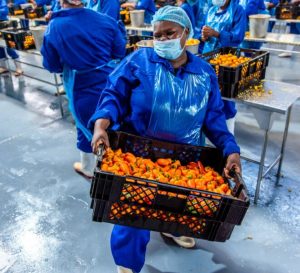
Mozambique is one of the SADC member countries that is popular for the success of its agro-processing industry. It is one of the countries where investors can explore and establish successful agro-processing industries that can convert raw agricultural products to finished goods, package them, and export them making favorable profit margins. Such investments are encouraged by the Mozambican government as one of its goals is to boost agricultural production in the country.
In Tanzania, livestock farming contributes a significant portion of the country’s GDP. The country has the largest livestock population in Africa. There is a growing demand for livestock products in both local and international markets, which creates potential for successful investments made in this industry.

3. Renewable Energy
SADC’s renewable energy industry possesses immense growth potential. The countries in the region possess untapped solar, hydropower, and wind resources that may be instrumental in reducing the region’s dependence on fossil fuels for energy generation. The global shift towards clean energy generation is supported by various governments in the SADC region, making it easier for international investors to immerse themselves in this industry. Investors looking to explore the renewable energy industry in SADC must consider South Africa’s solar energy, Zambia’s hydropower, and Namibia’s wind energy potential.
South Africa receives the highest radiation levels across the globe and up to 2500 hours of sunshine annually making it one of the countries with the highest potential to harness and utilize solar energy in place of fossil fuels. The establishment of the Renewable Energy Independent Power Producer Procurement Program (REIPPPP) has promoted the participation of private investors. Through this program, the South African government provides financial incentives such as Power Purchase Agreements (PPAs) that help reduce risks incurred by investors investing in South African renewable energy projects.

Zambia also boasts an abundance of water resources, which is an untapped resource for hydropower generation. The Zambezi River is one of the unlimited water resources present in the country that can be harnessed by investors looking to tap into the hydropower industry.
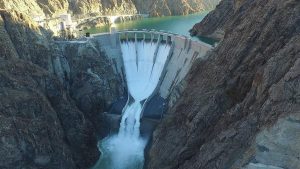
On the other hand, Namibia is one of the African countries that experience the strongest winds making it a suitable site for wind farms. The Namibian government is leaning towards promoting the use of renewable energy to reduce the country’s overdependence on non-renewable energy sources. This creates unlimited investment opportunities for investors looking to tap into the region’s wind farm development opportunities.
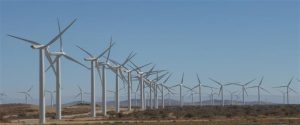
4. Infrastructure Development
There is a growing demand for public infrastructure in the African continent. However, most national governments cannot meet this demand which is usually because of limited public funds. Investors looking to tap into SADC’s infrastructure development can do so in the form of Public-Private Partnerships (PPPs) that collaborate with various governments to implement ports, roads, railways, water and sewerage, and energy projects.
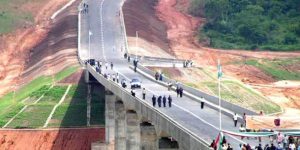
In line with global goals of sustainable development, the governments of SADC member states are also looking to establish smart city solutions such as green energy projects, sustainable housing options, and modern transport systems. International investors can explore these opportunities by providing innovative approaches and sustainable financing models for the completion of such projects.
References
Jain, S., and Jain, P. K. (2017). The rise of Renewable Energy implementation in South Africa. Energy Procedia, 143, 721-726. DOI: 10.1016/j.egypro.2017.12.752
Southern African Development Community (SADC). (2022). Investing in SADC region: Practical guide. https://www.sadc.int/sites/default/files/2024-04/INVESTING%20IN%20SADC%20GUIDE%20_ENGLISH.pdf
Southern African Development Community (SADC). (2022). Mining. https://www.sadc.int/member-states
Southern African Development Community (SADC). (2022). Mining. https://www.sadc.int/pillars/mining

